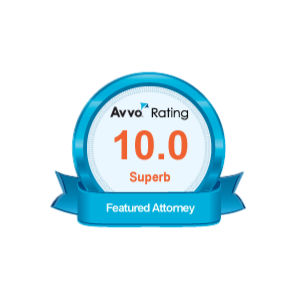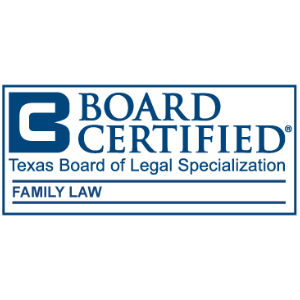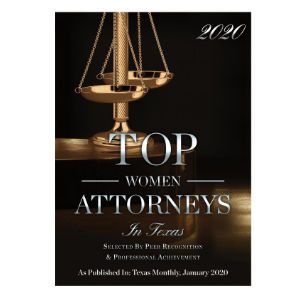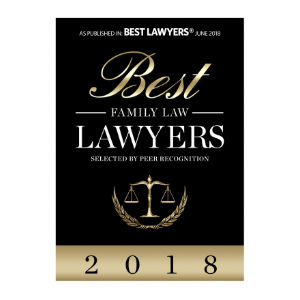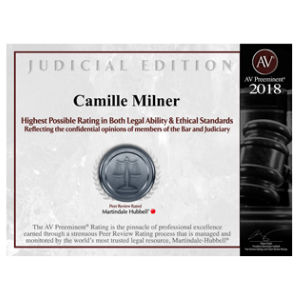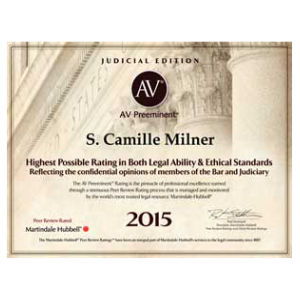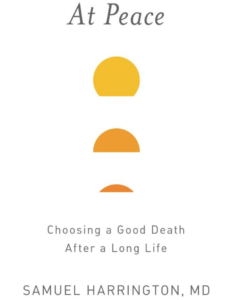
Peacefully Making End of Life Decisions
We have all been there or will eventually be there: making end-of-life decisions for ourselves or our family members. I have a friend who is in the midst of this torture, and I call it that because it can be gut-wrenching. You want to honor and do “right” by your family members who are ill and/or aged, but what does that really mean?
Many years ago, I had to deal with this dilemma when my grandmother was FINALLY diagnosed with cancer, and I say finally because several doctors looked at her, countless tests were done, and yet no one would tell us what was wrong. I understand if they couldn’t figure it out what was wrong, but eventually, I learned they knew it was hopeless, but none of the physicians wanted to be the bearer of bad news so they just kept saying, “We’re not sure.” It felt like free-fall – a nightmare from which we, her family, could not wake up. Eventually, we got the call from a physician who was a family friend, who had the guts to tell us the truth. He said, “The other doctors just really hated to tell you – she has cancer and it has totally metastasized.” He said there was nothing that we could do – she had between 6-12 weeks to live, and the best we could do is to make her comfortable. THEN, we got sent to the cancer doctor, who wouldn’t commit to anything – she said, “Well, we just don’t know…” So off they went into that Twilight Zone of more tests to determine, again, what we already knew. In my grandmother’s case, we were so desperate to have hope that she could be helped that we let the cancer doctor and a surgeon talk us into “exploratory surgery.” When the surgeon came out of the surgery, he said, “Her spine just collapsed when we got in and touched it, so all we could do was put a type of cement in it to keep it together and then sew her back up.” Well, DUH – did he really need to go in and butcher her to know any of that? I will forever believe that that surgeon and the cancer doctor recommended unnecessary surgery simply to collect the fee for it. That trauma to my grandmother’s body did nothing but shorten her life even more and took advantage of a family that was in crisis. We should have stuck with the advice from the original family friend physician who said, “Just keep her comfortable – there is nothing else that can be done.” I will never know if the medical community at that time felt compelled to recommend extraordinary measures because of their perverted commitment to the Hippocratic Oath or it was just easy money that they could somehow justify in their minds. What I do know, especially after reading this book, is that at this point in time, thanks to physicians like the author of this book and the Hospice movement, there are resources to educate patients and their families and friends so that they do not have to be in the out-of-control free-fall that my family felt it was in when my grandmother was diagnosed with cancer.
Dr. Samuel Harrington’s recent book, At Peace: Choosing a Good Death After a Long Life, may be one of the most important books for the baby boomers and their children to read to prepare for the inevitable end of life decisions for themselves, their parents and other family members and friends. Samuel Harrington has a unique perspective, having been a gastroenterologist for many years – that is the specialty that does colonoscopies. He said, being trained in the Western Medicine model when he was in school, the key is to diagnose, diagnose, diagnose. In other words, that model treats patients like a question on a medical school exam – if you can diagnose what’s wrong with them, you get an A! But, sadly, that model did not and still does not often focus on patients as people; rather it looks at the patients as hosts to illnesses or diseases to be diagnosed.
When Samuel Harrington was called upon to do colonoscopies in elderly patients, he said it began to trouble him to do a procedure that, on such aged tissue, could be as harmful as the disease the test might diagnose. When he found himself in the role of the son of elderly parents, he began to really think about the inappropriateness of such procedures. His mother died a peaceful death with hospice care, after a short illness of lung cancer and pneumonia. As he put it, his father was robust.
So several years after his mother died, after his father developed an aneurysm that could be surgically repaired, he and his father had a conversation about his father’s options. His father had what Harrington called a generally accurate impression of what his death would entail if an aneurysm were not surgically treated, which was that when his aneurysm ruptured (which it eventually likely would do) his father could decline treatment except for pain medication, and he would be dead from internal bleeding within a few hours or a day or two at most.
His father asked, “Why would I want to fix something that is going to carry me away the way I want to go?” Eventually, Harrington’s father opted for the surgical treatment because he wanted to stay alive long enough to meet his soon to be born great-granddaughter. While that was a great reason to have the procedure, Harrington saw his father have three really good years followed by two not good years, and in retrospect, he was not sure they had made the right decision.
Harrington does not write the book to “advocate” for one choice or another in death. But he does advocate for the public to be informed about their options for a “natural” rather than a “medicalized” death. A natural death often includes hospice and allowing people not to be hooked up to extraordinary feeding and hydration methods, such as feeding tubes and IVs. Since extraordinary medical treatment became available in the past forty years, people are living longer, but often not better; Harrington puts it something like, “If 70 is the new 50, 86 is still just the new 85.”
In other words, we can now extend life but the quality is often wretched for many of those last years. I have recently witnessed two different approaches that were consciously chosen by the patients: one was a man who had five kinds of cancer (some in remission), diabetes and COPD; when he lost his ability to swallow and the gastroenterologist said all they could really do for him was put a feeding tube in him, the patient replied, “I guess we have to do whatever it takes to keep me alive.” That man had a medicalized death; he died in a hospital after having to be tied to the bed rails for three weeks because his end of life confusion was causing him to injure himself by lashing himself against the sides of the bed and pulling out his IVs. This dying man recognized no one and had to be cleaned up of his own bodily functions by hospital staff for those last days. It was a very sad ending for a man who had been Herculean in his strength in his earlier years. His life was prolonged much longer than it should have been if only the man had understood what his request for extraordinary care really meant.
Harrington states that his book is about “…developing a vision for a natural death – a death caused by disease or old age but not influenced by the violence of excessive medical technology.” He goes on to say that his book is about “…acceptance based on knowledge and understanding, …emphasizing choices that minimize the chances of a medicalized death and maximize the chances of a better death.”
I have witnessed another death recently where the person had made clear to her family that she wanted no extraordinary measures. When that person suffered a major stroke and the option of being Care-Flighted to another city for a “Hail Mary” procedure that would be painful and possibly futile was proposed, the family, with some input from the patient, were able to give her the gift of a peaceful death as she wanted. The extraordinary measures were rejected, and within just a few hours, the patient was quietly transported from the ER to the nursing facility located at the retirement home where she had been living independently until her stroke.
There, with the assistance of hospice, the lady was administered just the right amount of pain medication to be comfortable yet have enough lucidity to recognize and visit with all her children for three days. On the morning of the fourth day, she just stopped breathing and made a peaceful passage. These two examples show a distinct contrast of choices for end-of-life planning and decisions. The most important thing is to know a person’s choices for end-of-life decisions so that those choices can be honored, and the best way to do that is to have the appropriate legal documents prepared and in place when that time comes.
I recommend this book, not because it gives you easy answers, but because it helps you know the questions to consider. If you or someone you know is ready to look at these questions, give me a call, Camille Milner, Attorney at Law, 940-383-2674; or email me at camille@milner-law.com.



